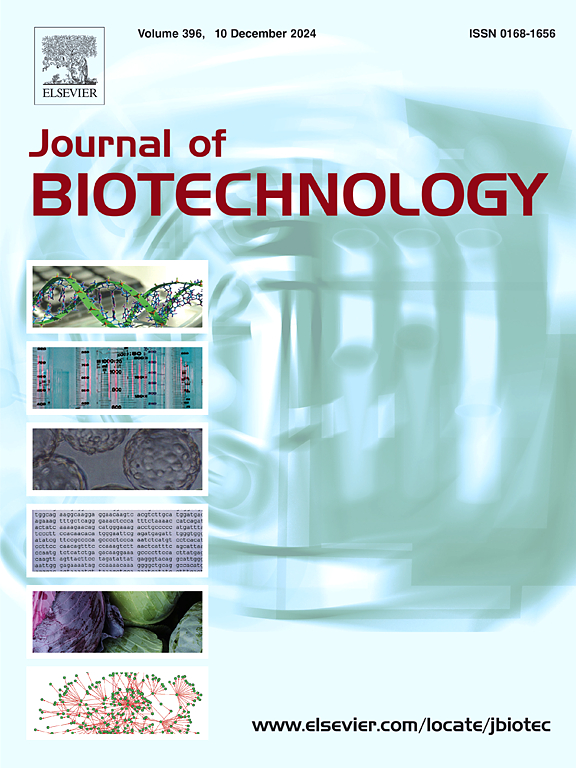Microbial production of hyaluronic acid: The current advances, engineering strategies and trends
IF 4.1
2区 生物学
Q2 BIOTECHNOLOGY & APPLIED MICROBIOLOGY
引用次数: 0
Abstract
Hyaluronic acid (HA) is a versatile biomolecule with applications in medicine, cosmetics, and pharmaceuticals. While traditionally extracted from animal tissues, HA is now predominantly produced through microbial fermentation. Microbial fermentation using strains such as Streptococcus zooepidemicus, Corynebacterium glutamicum, and Bacillus subtilis offers a more scalable and sustainable alternative to chemical and animal extraction methods. Recent studies reveal promising yields from engineered strains of Corynebacterium glutamicum and Bacillus subtilis, utilizing advanced metabolic and genetic techniques. Recent advancements in genetic and metabolic engineering, as well as synthetic biology, have addressed some challenges related to molecular weight, viscosity, and by-product formation. This review focuses on the microbial production of HA using engineered strains, encompassing producer organisms, metabolic engineering strategies, industrial-scale production, and key factors influencing molecular weight. Furthermore, it addresses the challenges and potential solutions associated with HA production. Additional research is necessary to develop more efficient and robust engineered strains that exhibit resistance to contamination and can utilize low-cost substrates, such as Pseudomonas putida and Halomonas spp. By overcoming these challenges, researchers can advance the industrial production of HA and expand its applications, thereby contributing to the growth of the HA market.
求助全文
约1分钟内获得全文
求助全文
来源期刊

Journal of biotechnology
工程技术-生物工程与应用微生物
CiteScore
8.90
自引率
2.40%
发文量
190
审稿时长
45 days
期刊介绍:
The Journal of Biotechnology has an open access mirror journal, the Journal of Biotechnology: X, sharing the same aims and scope, editorial team, submission system and rigorous peer review.
The Journal provides a medium for the rapid publication of both full-length articles and short communications on novel and innovative aspects of biotechnology. The Journal will accept papers ranging from genetic or molecular biological positions to those covering biochemical, chemical or bioprocess engineering aspects as well as computer application of new software concepts, provided that in each case the material is directly relevant to biotechnological systems. Papers presenting information of a multidisciplinary nature that would not be suitable for publication in a journal devoted to a single discipline, are particularly welcome.
 求助内容:
求助内容: 应助结果提醒方式:
应助结果提醒方式:


